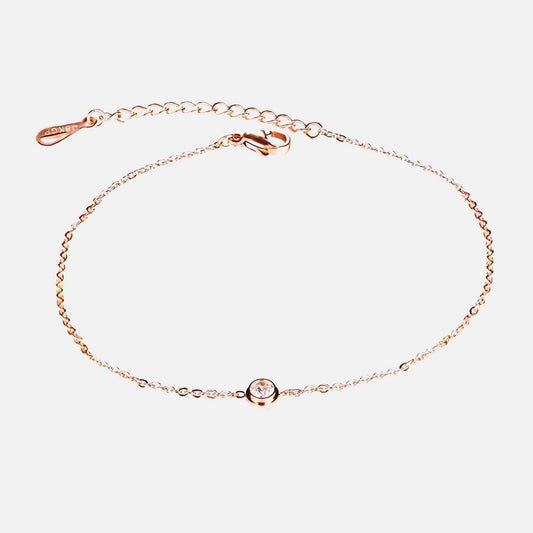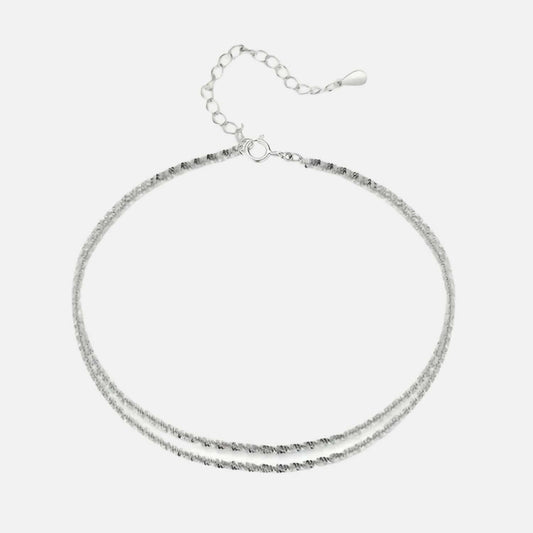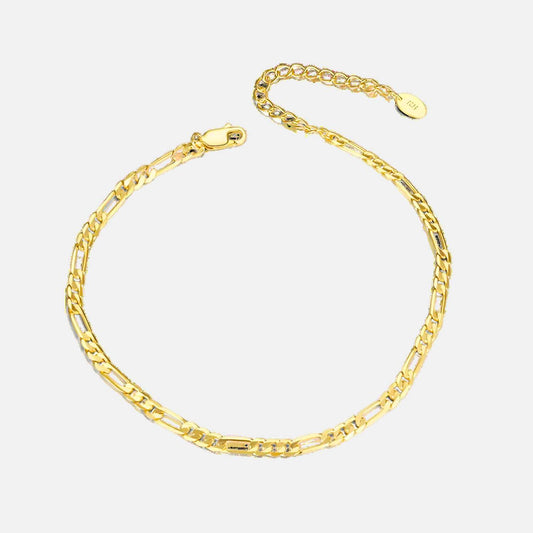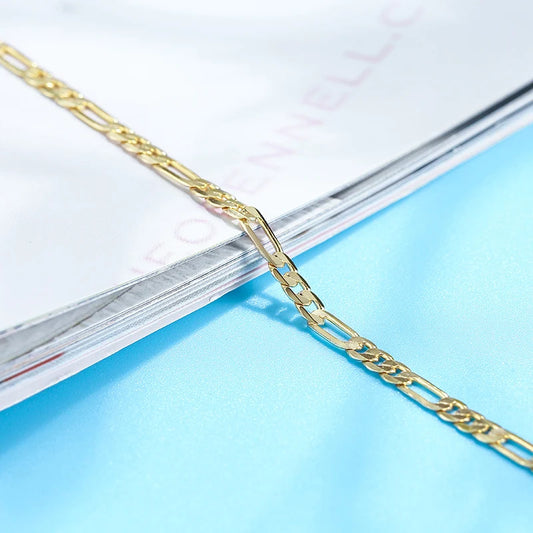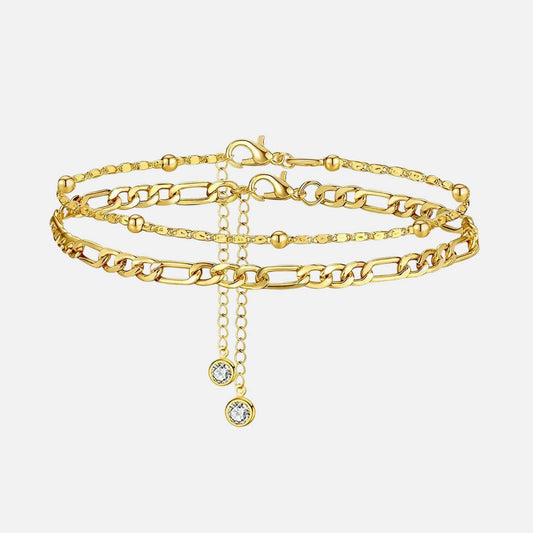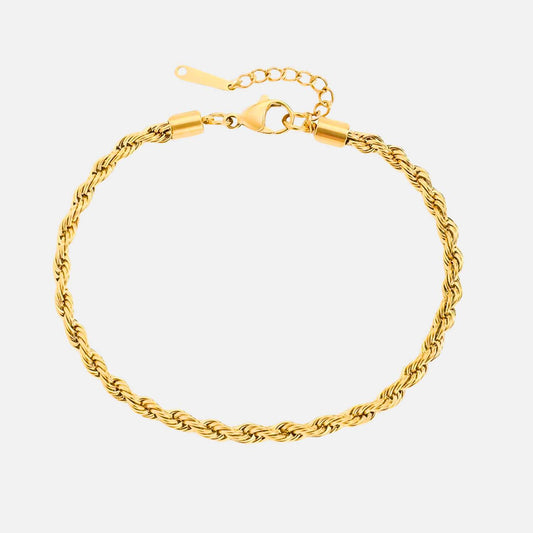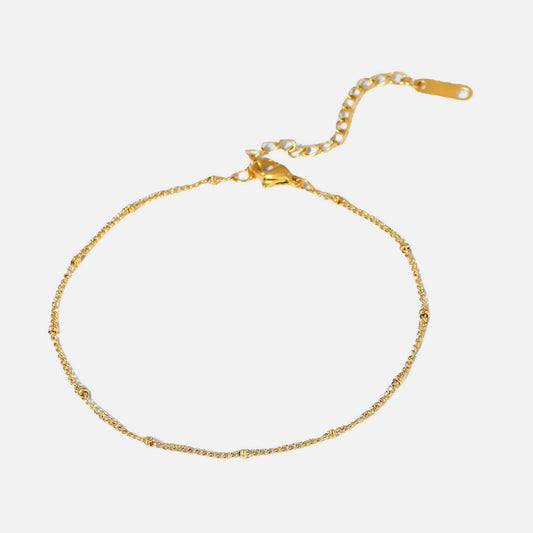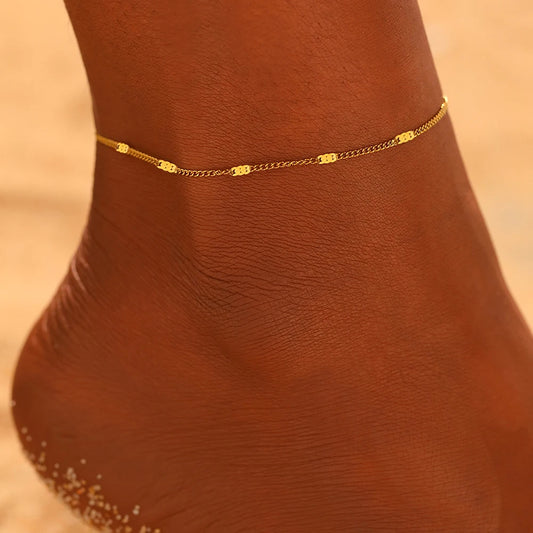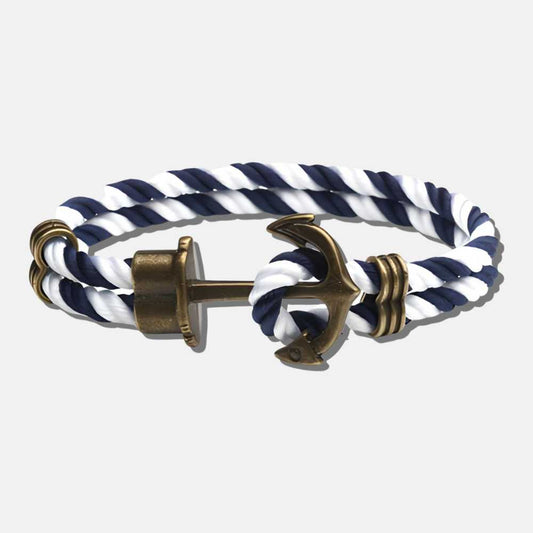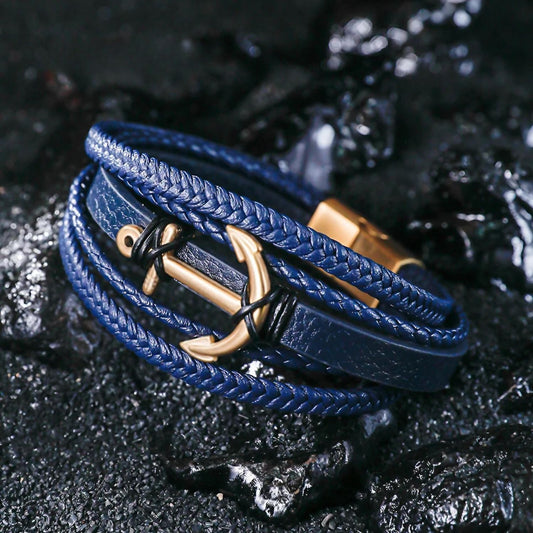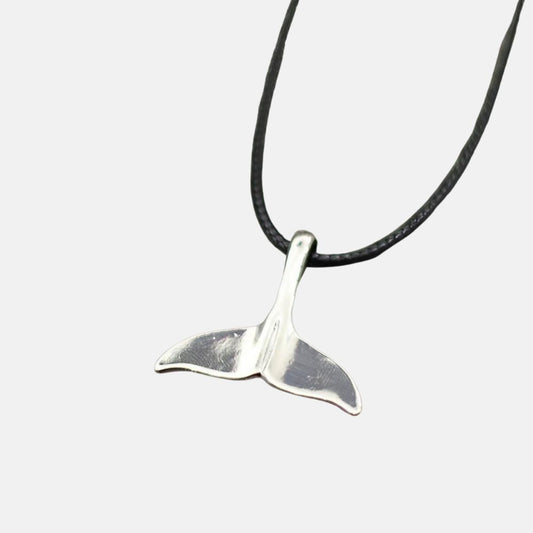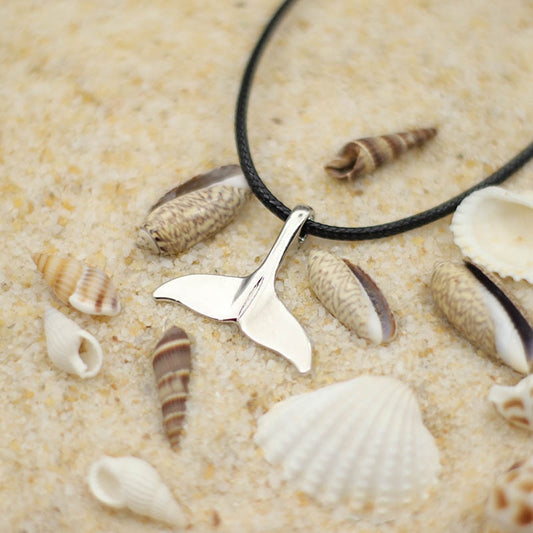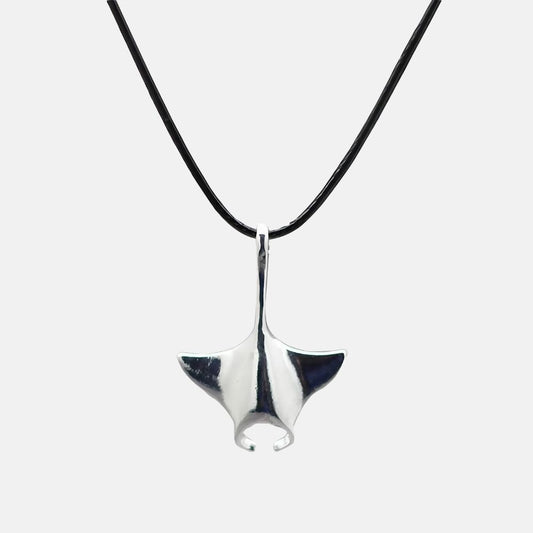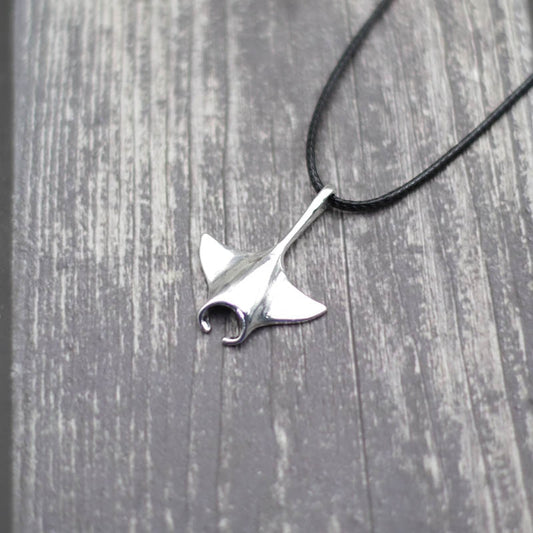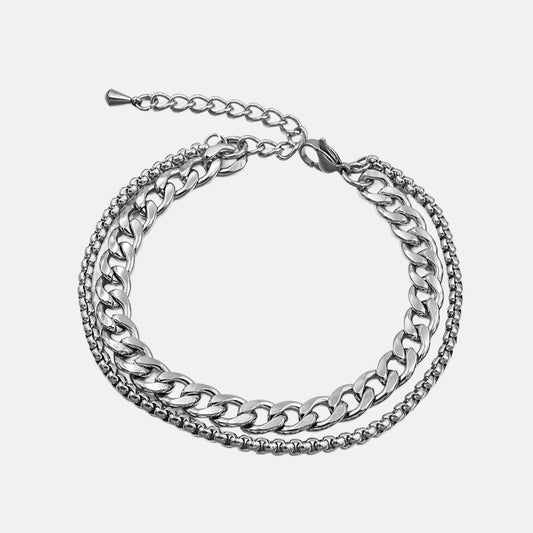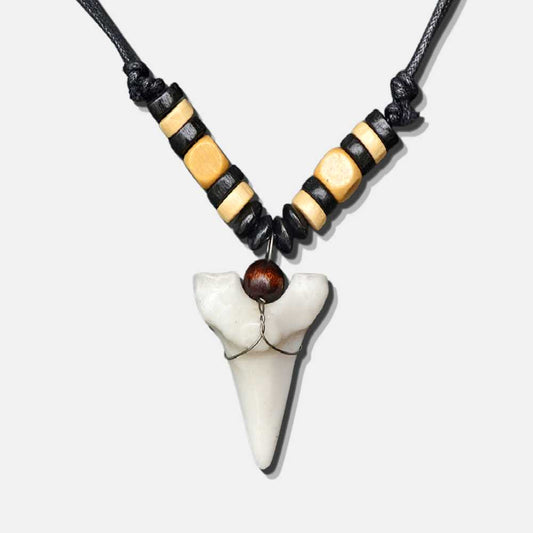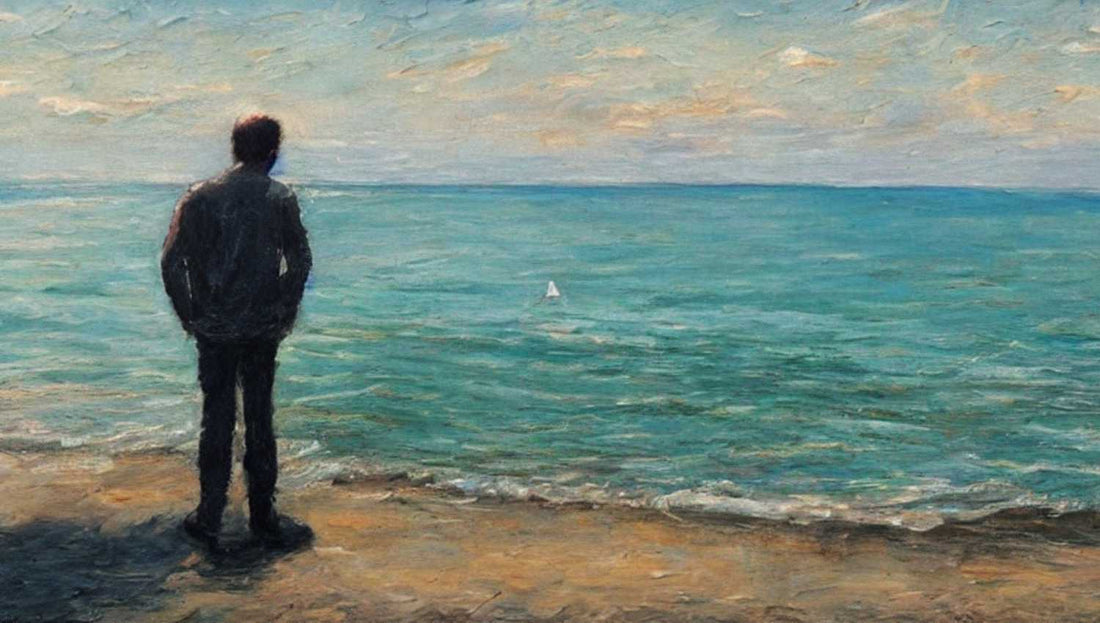
Man and the sea
Since the first civilizations, man has always been fascinated by the sea . This body of salt water , which covers the majority of our planet, has inspired poets and writers throughout the ages, providing them with an inexhaustible source of inspiration and reflection . In this article, we will explore the timeless and poetic relationship between man and the sea, as well as its influence on literature and poetry .
The sea is both a natural element and a powerful symbol , representing beauty, freedom, infinity, mystery, life and death. It is a place where the dreams, fears and aspirations of men meet, providing fertile ground for poetic expression. Writers and poets have been able to capture the deep emotions that the sea arouses, creating works that reflect the complexity and diversity of the relationship between man and this element.
In this article, we will first discuss the different ways in which the sea has been addressed by poets over the centuries, drawing on examples of emblematic poems. We will then explore how this poetic relationship has evolved over time, depending on the historical , cultural and personal contexts of the authors. Finally, we will highlight the reasons why the sea continues to inspire poets today and how it represents an inexhaustible source of emotions and reflections.
Embark with us on a journey through the waves of poetry, to discover man and the sea, and dive into the heart of this fascinating relationship that has spanned centuries and cultures.
The poem Man and the Sea by Charles Baudelaire
Free man, always you will cherish the sea !
The sea is your mirror; you contemplate your soul
In the infinite unfolding of his blade,
And your mind is no less bitter abyss.
You like to dive into your image;
You embrace him with your eyes and your arms, and your heart
Sometimes gets distracted by his own rumor
To the sound of this indomitable and wild complaint.
You are both dark and discreet:
Man, no one has fathomed the depths of your depths;
O sea, no one knows your intimate riches,
You are so jealous of keeping your secrets!
And yet countless centuries ago
That you fight each other without pity or remorse,
You love carnage and death so much,
O eternal fighters, O implacable brothers!
- Charles Baudelaire

The story of the poem Man and the Sea
The poem " Man and the Sea " by Charles Baudelaire is a masterpiece of French literature that explores the themes of solitude , melancholy and the relationship between man and nature . It is considered one of the most important poems by Baudelaire, who is often considered one of the most influential poets in modern French poetry .
The poem tells the story of a solitary man who is confronted with the sea, a symbol of power and eternity. Man feels small and insignificant in the face of the immensity of the sea , but he is also fascinated by its beauty and its strength. Baudelaire uses poetic images and metaphors to describe this complex relationship between man and the sea, creating an atmosphere of melancholy and contemplation.
Man and the Sea is a poem that has great symbolic meaning, it is a poem that speaks of the human condition, of solitude, of the ephemeral and the infinite. Baudelaire, through his poem, shows us to what extent man is fragile in the face of nature which surpasses him, but to what extent he is capable of transcending himself by confronting it. It is a poem that invites reflection on our place in the world, on our relationship to the universe that surrounds us and on our own mortality .

What is the theme of the poem Man and the Sea?
The relationship between man and nature
Baudelaire uses the sea as a metaphor to describe the power and eternity of nature, as well as the fragility and insignificance of man in the face of it. It explores man's emotions in the face of nature, including fascination, melancholy and solitude.
From loneliness
The man who faces the sea is a solitary individual, who is confronted with his own insignificance in the face of the immensity of the ocean. This theme of solitude is reinforced by the poetic images used by Baudelaire, which describe man as being alone facing the raging ocean.
Death and mortality
The sea, as a symbol of eternity, reminds man of his own mortality and the fact that he is ephemeral. Baudelaire uses metaphors to describe man as being like an “ empty shell ” facing the ocean, which represents eternal life. The poem invites reflection on human nature, on our place in the universe and on our own death.

Review of the poem Man and the Sea
it is possible to criticize the poem due to its abstract writing style which might make certain parts difficult for some readers to understand. Free verse and cross rhymes can also make reading less smooth and less enjoyable for some people.
It is also possible to criticize the poem for its lack of development on certain themes. For example, the poem seems to focus mainly on man's loneliness facing the sea, without elaborating further on other themes such as the struggle for survival.
In short, the poem "Man and the Sea" by Charles Baudelaire is a powerful and moving text that explores the themes of solitude, the confrontation between man and nature and the struggle for survival. However, some aspects of his writing style and his development of themes could be improved to make the poem more accessible and comprehensive.
Why Man and the Sea?
The poem "Man and the Sea" by Charles Baudelaire is a true journey for the senses, thanks to the use of metaphors and poetic images that transport the reader into a universe of contemplation and melancholy
The descriptions of the ocean, its movements and its power, as well as the reflections on the relationship between man and nature, invite an inner journey that awakens the deepest emotions.
The poem also invites us on a journey through time, immersing us in the world of romantic poetry, where nature is seen as a fundamental element of human life
Contemplation of the sea and its movements allows us to connect to universal feelings of solitude, melancholy and fascination, which have spanned the ages.
Baudelaire's "Man and the Sea" is a journey that leads us to reflect on our own existence
The poem, by highlighting the confrontation between man and nature, reminds us of our place in the universe, our own mortality and our need for transcendence. It invites us to take a step back from our daily lives and reflect on the fundamental questions of life. It is a poem that reminds us that poetry can be a way to surpass oneself and connect to the essential elements of existence.

Analysis of the poem The sea, our destiny
Structure of the poem
The structure of the poem "Man and the Sea" by Charles Baudelaire is relatively simple. It is composed of four stanzas of four lines each, with cross rhymes. The verses are generally quite short and the rhymes are often in "-er" or "-ir", which reinforces the musicality and rhythmicity of the poem.
The first stanza evokes the confrontation between man and the sea, the second describes man's wonder at the power of the sea, the third highlights man's solitude and the last evokes the mortality of man and his quest for transcendence.
There are no free verses in this poem, all verses are rhymed and have a fixed meter, which reinforces the musicality and rhythmicity of the poem. The poem is written in free verse, which allows Baudelaire to express himself more freely and to create an atmosphere of melancholy and contemplation.
Rhythm and meter
The poem “Man and the Sea” by Charles Baudelaire has no fixed rhythm or meter. It is written in free verse, which means that the verses do not have a regular length or rhythm. This allows the poet to express himself freely and emphasize content rather than form.
Rhymes
The poem "Man and the Sea" by Charles Baudelaire mainly uses cross rhymes , that is, the rhyming words do not necessarily follow one another in the verse.
For example, the words “ eternal ” (line 2) and “ crystal ” (line 4) rhyme together. There are also rhymes in "el" like "eternal" and " cri " like "crystal" which rhyme together. He also uses free rhymes which help keep a fluid rhythm in the poem.
Other examples of cross rhymes in the poem "L'homme et la mer" by Charles Baudelaire are "soul" (line 1) and "calme" (line 3), "arms" (line 5) and "mas" (line 3). line 6), “cum” (line 7) and “lume” (line 9). He also uses internal rhymes, such as "mer" (line 1) and "sea" (line 3) and "cum" (line 7) and "cum" (line 9) which reinforces the central idea of the sea in the poem.
In sum, Baudelaire uses a variety of rhyming techniques to reinforce the images and ideas present in the poem.
Images and metaphors
In the poem "Man and the Sea" by Charles Baudelaire, the images and metaphors used reinforce the themes of loneliness, the confrontation between man and nature and the struggle for survival.
The image of the sea is used to represent infinity and eternity. The sea is described as "eternal" and "calm", suggesting a silent and overwhelming power.
The image of man is also used to reinforce themes of loneliness and confrontation. The man is described as "alone" and "small" facing the immensity of the sea, suggesting a feeling of insignificance and vulnerability.
The metaphor of the "struggle" between man and the sea is also used to reinforce themes of confrontation and survival. The man is described as "struggling" against the waves, suggesting a constant struggle for survival.
In sum, the images and metaphors used in the poem "Man and the Sea" by Charles Baudelaire reinforce the themes of solitude, the confrontation between man and nature, and the struggle for survival.
Emotions and impressions
Embark with me on a journey through the infinite waves of the ocean, where man confronts the silent power of the sea. The sea, eternal and calm, seems to mock the smallness of man, alone faced to its immensity.
But despite his solitude, the man fights with determination against the raging waves , a daily struggle for his survival. Let yourself be carried away by the evocative images and poetic metaphors , as we delve into the depths of this confrontation between man and nature.
Let yourself be moved by feelings of vulnerability and isolation, while admiring the power of nature. This journey through the words of Charles Baudelaire will take you far away for a contemplative reflection on the relationship between man and the sea.
Let yourself be captivated by the crystal clear waves breaking on the rocks, and feel the salty foam on your face. Marvel at the changing colors of the sea, from deep blue to emerald green.
Let yourself be moved by the cries of the seagulls that accompany our journey, like guardians of the sea. Let yourself be absorbed by the sensations of the sea, feel the force of the waves that push you, the fresh air that invades your lungs .
This poem by Charles Baudelaire is a hymn to life, to nature, to eternity. It invites us to contemplate our own existence and to question our place in this universe.

The story of Charles Baudelaire
Charles Baudelaire, the cursed poet
Charles Baudelaire became famous for his collection of poems "Les Fleurs du Mal", which shocked and scandalized his time. However, it is important to remember that Baudelaire was an artist in his own right, who used his poetry to explore themes of melancholy, loneliness and urban alienation. He was misunderstood during his lifetime, but is now considered one of the most important poets in French literature.
Baudelaire and symbolism
Charles Baudelaire is considered one of the main representatives of symbolist poetry. He used images and symbols to express abstract ideas and deep emotions, rather than simply describing reality. This allowed him to create rich and evocative poems, which continue to inspire artists today.
Baudelaire's life
Charles Baudelaire led a tumultuous and passionate life. He was a great traveler, a lover of the arts, and a great fan of nightlife and pleasures. He lived in poverty for most of his life, and eventually died at the age of 46. However, despite these difficulties, he continued to write poetry until the end of his life, leaving behind a major work of French literature.
Baudelaire and the artists of his time
Charles Baudelaire was a great admirer of the artists of his time, particularly painters. He was influenced by the Romantic movement, but also by artists from the Barbizon school, and by impressionist painters. He was also a close friend of many artists of his time, and played an important role in the development of modern art in France.
Baudelaire today
The work of Charles Baudelaire is more relevant than ever today. His poems continue to be read and appreciated, and his influence is still felt in poetry, literature and the visual arts. The themes he explored, such as melancholy, loneliness and urban alienation.

The most famous works of Charles Baudelaire
The Flowers of Evil (1857)
a collection of poems which shocked and scandalized its time, but which is now considered one of the masterpieces of French poetry.
The Spleen of Paris (1869)
a collection of poems that captures the melancholy and loneliness of urban life in Paris.
Artificial Paradises (1860)
an essay on drugs and their impact on society and culture.
The Painter of Modern Life (1863)
an essay on modern art and impressionist painting.
The Wrecks (1866)
a collection of poems that explores themes of loneliness, melancholy and death.
The Flowers of Evil (enlarged edition) (1861)
an expanded edition of the collection of poems, with poems that were censored in the original edition.
Little Prose Poems
a collection of prose poems, published posthumously, which is considered a precursor to the poetic form of poetic prose.

Conclusion on Man and the Sea by Charles Baudelaire
In conclusion, Charles Baudelaire is a major poet of French poetry, who exerted a considerable influence on the poets who succeeded him. He is considered one of the leading exponents of symbolist poetry, and used images and symbols to express abstract ideas and deep emotions in his poems.
He was also a great admirer of the artists of his time, and played an important role in the development of modern art in France. His poetry continues to inspire artists today, through his lyricism, his poetic style, his poetic form, his sound, his poetic meaning and his poetic name.
He is also considered a precursor of modern poetic forms such as prose poetry, and is a representative of the French poetic tradition, classical poetry and lyric poetry. His influence was felt on the poets of La Pléiade, Ronsard, Rimbaud, Verlaine, Mallarmé, epic poetry, and on romantic and surrealist poets such as Musset, Marot, Nerval, Eluard and Éluard .
He is considered a must-have in poetic anthology and poetic art, and his collection of poems Les Fleurs du Mal remains one of the masterpieces of French poetry. Discover all our poems about the sea 🌊




